[What is Yoom]
How to Summarize Content Added to Google Sheets Using Gemini and Update Google Sheets
Integrating apps typically requires programming knowledge, but with the no-code tool Yoom, it can be easily achieved without programming knowledge.
The integration flow this time is broadly divided into the following processes.
- Integrate Google Sheets and Gemini with My Apps
- Set up to launch Google Sheets
- Set up to summarize with Gemini and add the summary result to Google Sheets
- Turn on the trigger button and check the integration operation of Google Sheets and Gemini
First, let's register with Yoom.
Yoom offers a 2-week trial. You can actually operate it and check the usability.
Step 1: Integrate Google Sheets and Gemini with My Apps

After completing the registration with Yoom, please select "My Apps" from the menu on the left.

Next, click the new connection button at the top right.
Integration of Google Sheets and Yoom
1. Search

Click the Google Sheets icon.
2. Sign In
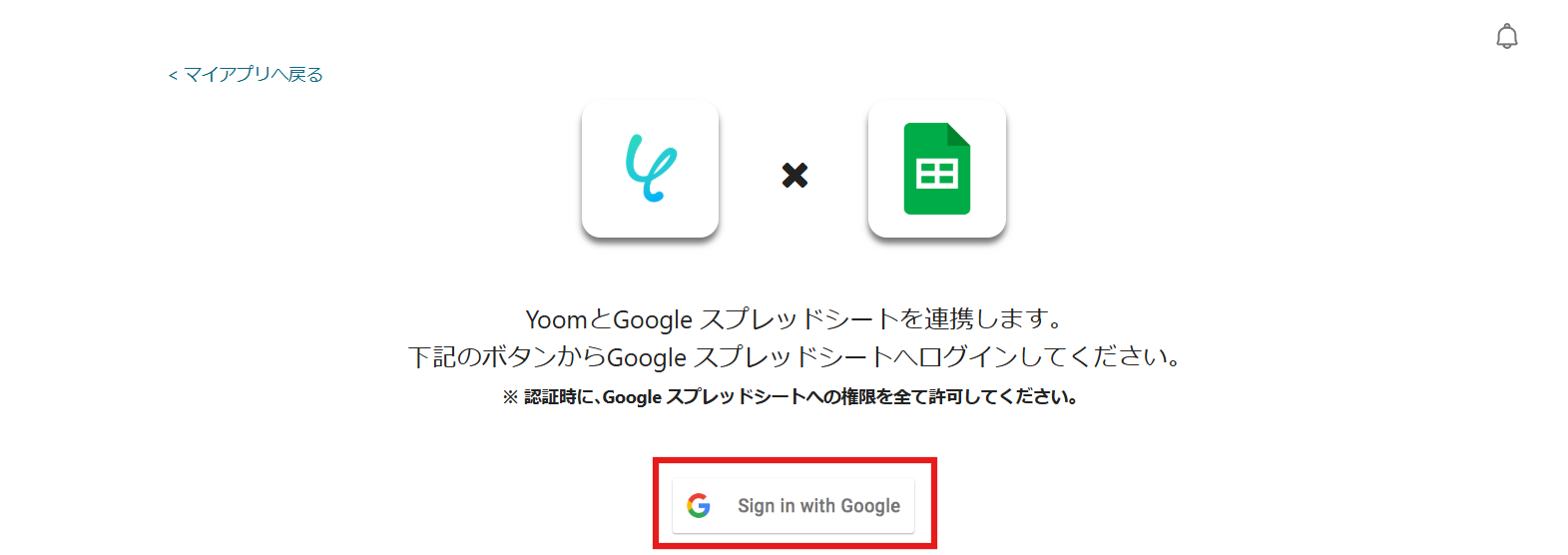
Click the red frame.
3. Select Account

Select the account to integrate.

After confirming and agreeing, press Next.
4. Integration Complete

The screen will switch, and if the above display appears, the integration is complete.
5. Prepare Google Sheets
Prepare the Google Sheets to be integrated with Gemini.

At this time, be sure to create " Items to add summary results " and " Items with no duplicate data ".

This time, the item with no duplicate data is "Date".

The item to add summary results will be the data added after summarizing with Gemini. Therefore, it can be left blank at this point.
Integration of Gemini and Yoom
1. Search

Enter Gemini in the search box and click the Gemini icon.
2. Enter Account Name
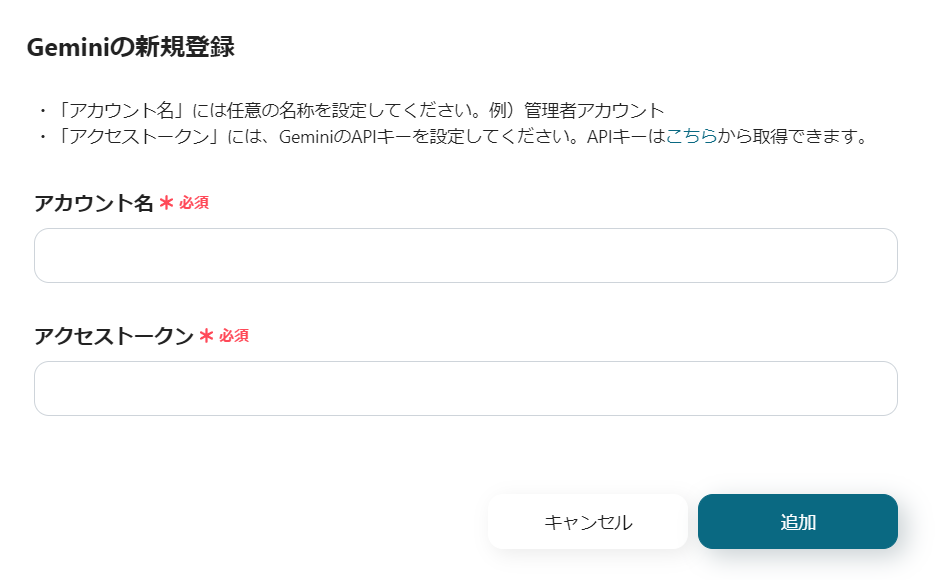
Enter the account name and access token.
First, enter the account name. A clear and easy-to-understand naming such as the company name or person in charge is recommended.
3. Obtain API Key
The access token can be obtained from the Gemini API acquisition page.
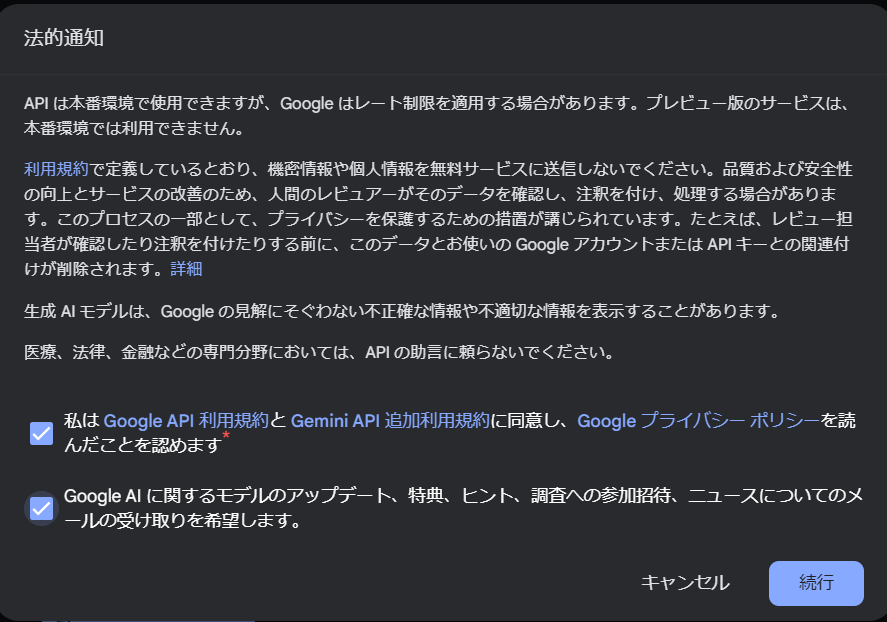
Check the contents, agree, check the box, and press the "Continue" button at the bottom right.
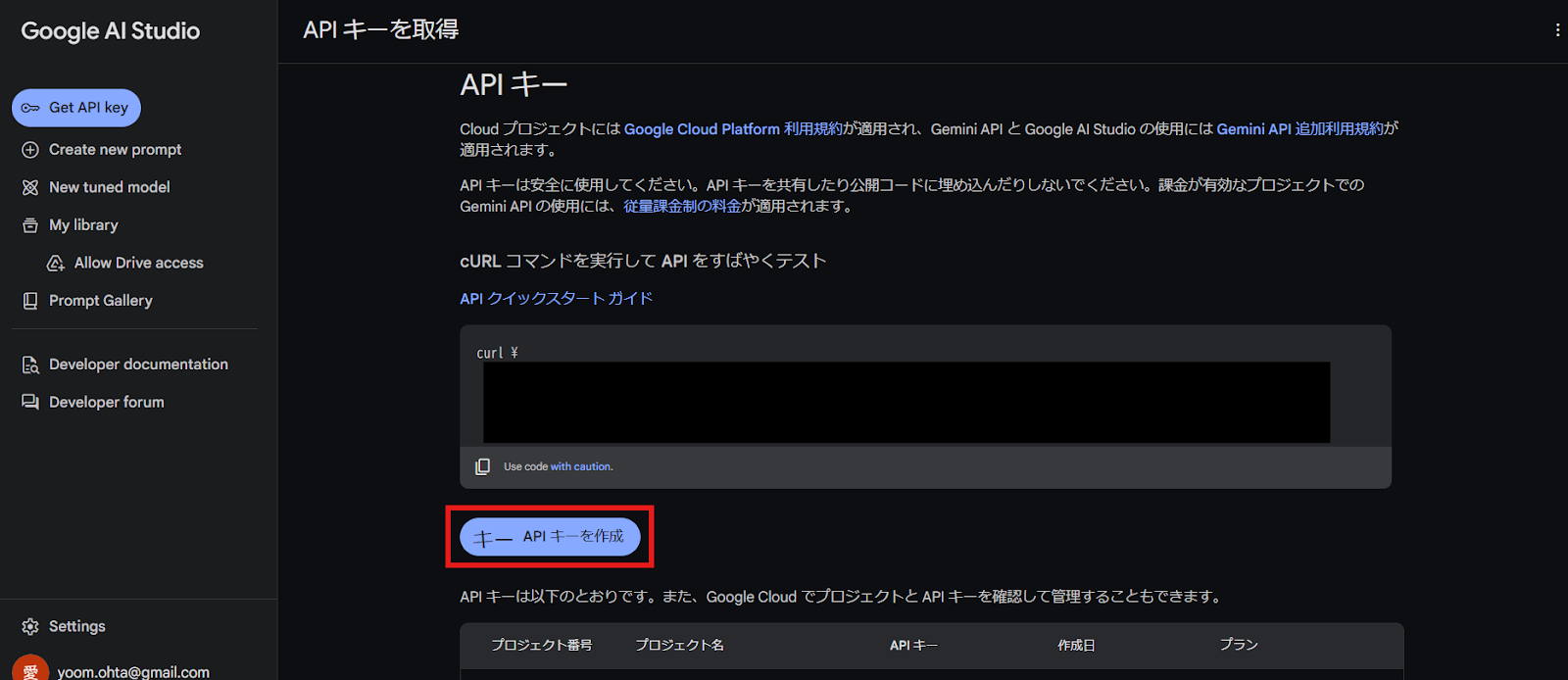
Press the "Create API Key" button at the bottom of the screen.
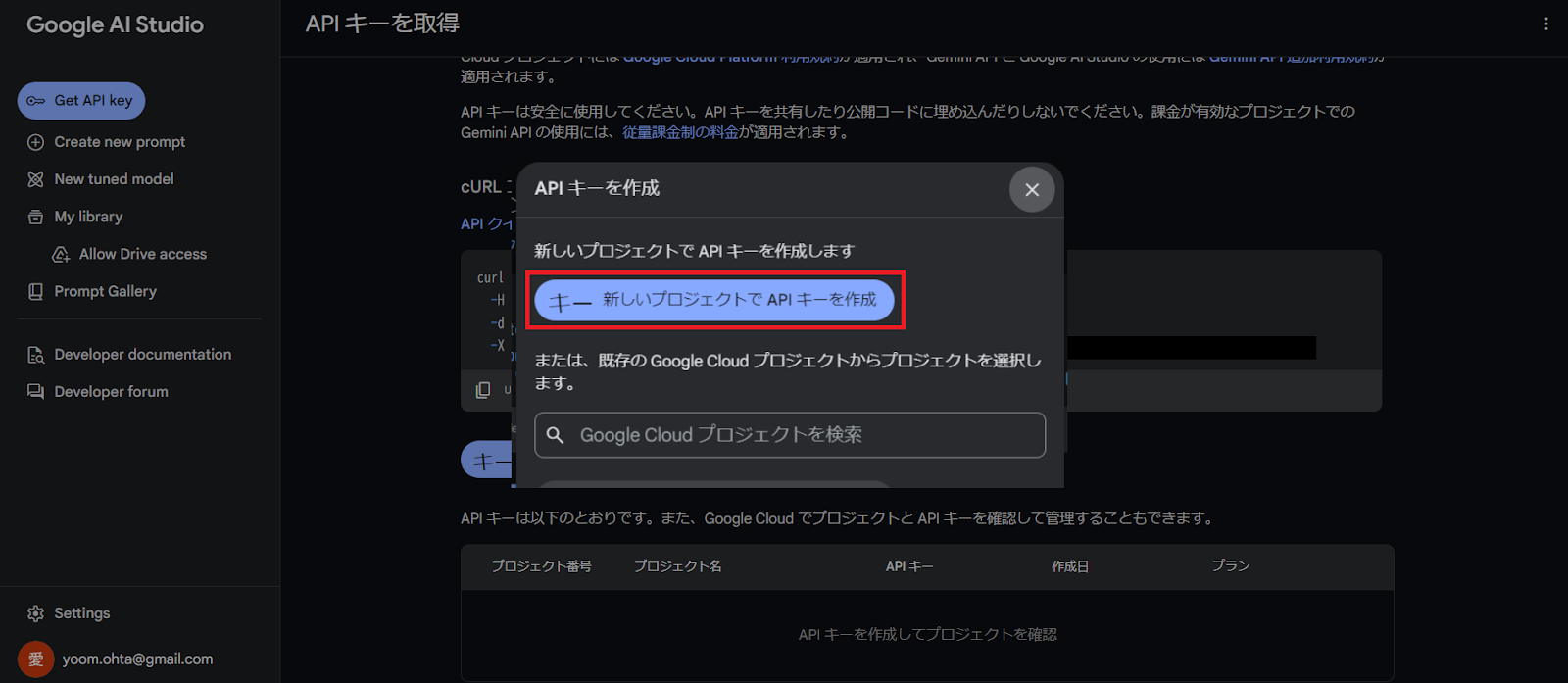
Then press "Create API Key with a New Project".

The API key has been created. It is displayed in the red frame, so please copy it.
4. Enter
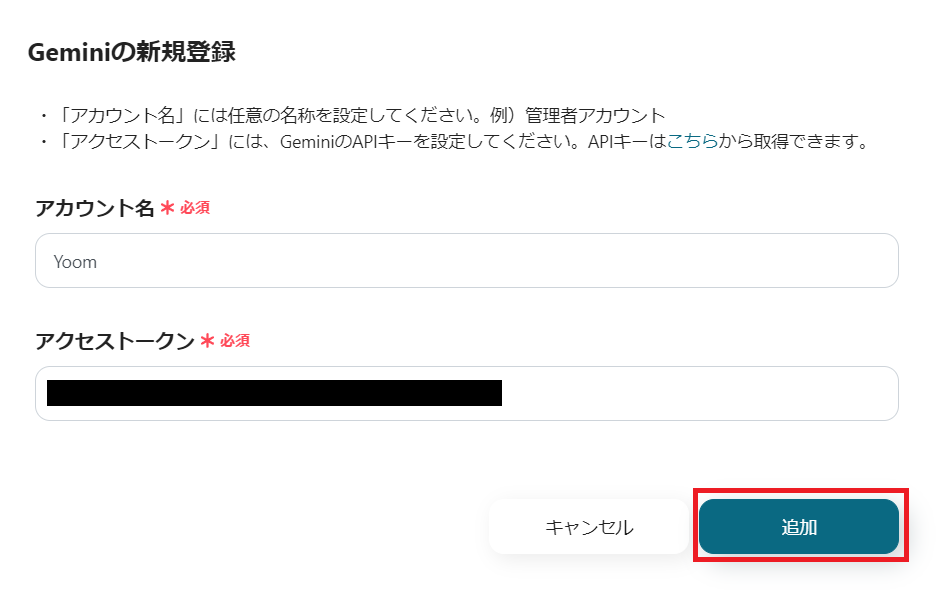
Return to the Yoom screen and enter the copied API key as the access token.
Once the required fields are entered, press Add at the bottom right.
5. Integration Complete

The screen will switch, and if the above display appears, the integration is complete.
Step 2: Copy the Template
Next, please copy the template to be used this time.














.png)

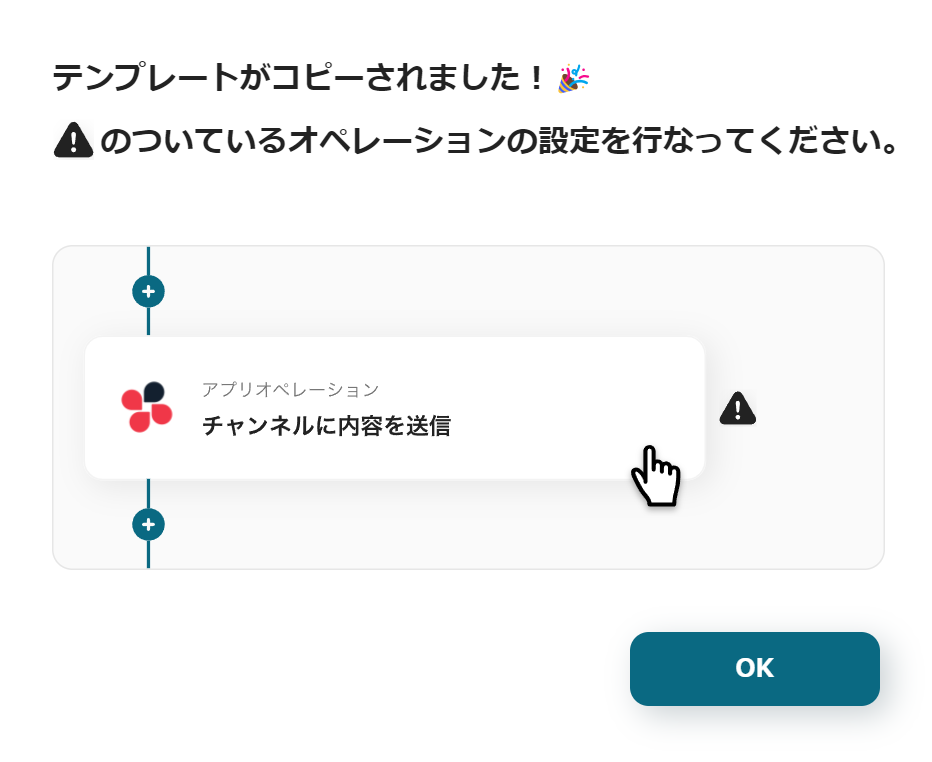






























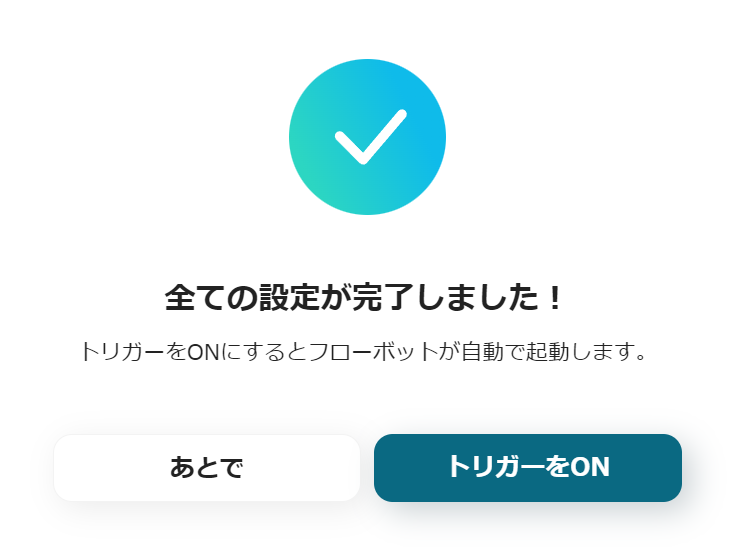



.avif)

.png)






